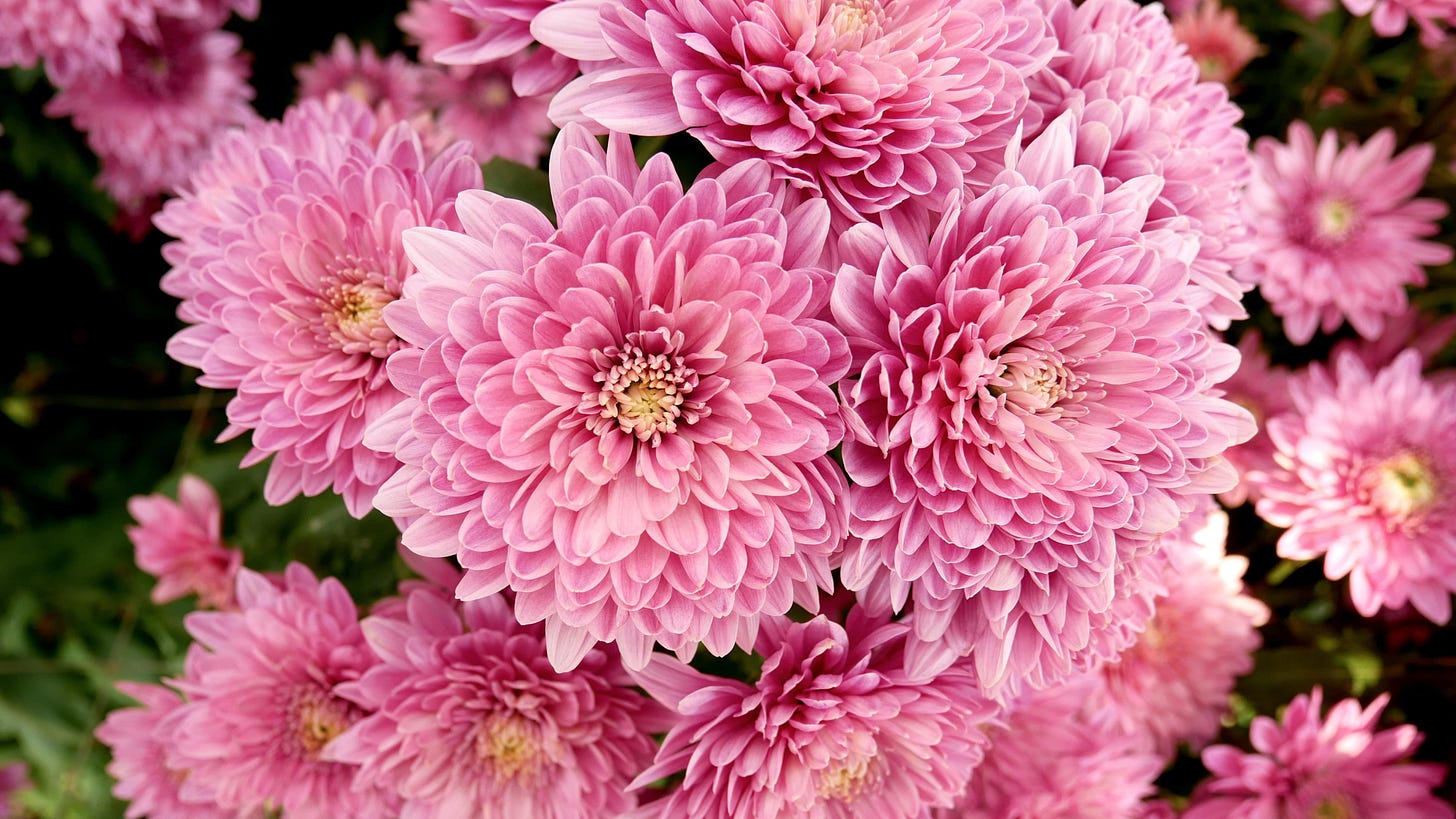I have a deep love for learning about history. History is full of daring, adventurous, heartbreaking, and lovely stories. I truly believe that fewer people would be consumed by the newest fad of a television show if they gave history a real shot. My fascination with history is not limited to any time frame or era. I love learning across generations, cultures, societies, and origins. My latest interest has been focused on the 18th, 19th, and early 20th centuries, specifically within Europe and the United States. This time was also known as the Edwardian (18th century), Victorian (19th century), and Gilded Era (20th century).
My fascination started with researching the popular fashions of these times. The crinoline skirt is what first captivated my attention. For those of you who are unfamiliar with crinoline skirts, they were the wildly enormous skirts worn by women in the mid-19th century. They held their "bell-like" or rather "cupcake-like" shape from either steel or whalebone, which was then lined with linen or fabric made from horsehair, also known as crinoline, hence the name for the skirt. One of the largest crinoline skirts to be documented was about fifteen feet in circumference – that's one way to keep your personal bubble intact! Despite how interesting the crinoline skirt is, it may come as a shocker to tell you that my focus today is not on the peculiar skirt of the 19th century but rather on an entirely different topic… Flowers.
Flowers, in my opinion, were created by God to surround us with true beauty, while reminding us of beauty's fragility and fleetingness. Throughout history, the act of giving flowers was a true art form, an art form that has slowly been lost. From the 18th through the 19th century, some may argue (me in particular) that this beautiful art form was at its greatest height.
Today, the act of giving flowers is a formality. Funerals, performances, graduations, Valentine's Day, and first dates – although this one makes less and less of an appearance now that chivalry is on its last legs. For some, it is a robotic motion, "something that you must do," not something that you take the time to curate. Imagine a world where every flower conveyed a hidden message. Where a bouquet, or as the Victorian crowd would call them, Tussie-Mussies, was a conversation or declaration, not just a gift. Have words ever failed you in a situation where it was imperative to speak your thoughts? I imagine we have all been there. Luckily for the people in the 1800s, they had flowers to speak volumes for them when words failed, this was called Floriography.
You might be asking yourself, how could people possibly know the meaning of every flower? Fortunately, in the 19th century, various books were published with their sole purpose to act as a guide and a dictionary for each flower. The flower's age, color, and how it was presented all played an important role in what message the giver was aiming to convey. For example, white jasmine signified friendliness, whereas basil sent the "I hate you" message loud and clear to its receiver. Which, in my opinion, is quite unfortunate because I dearly love the aroma and taste of basil! A red rosebud signified “pure” and “lovely,” whereas a white rosebud signified “girlhood” and an ignorance to love. Every detail had a significance. It is funny to picture possible mishaps that may have occurred while gifting flowers, for not everybody was well-seasoned in Floriography. Nonetheless floriography was an amusing and beautiful practice.
The other day, my sister and I were discussing the possibility of flowers having their own secret language using it to communicate with each other. She insists that if they do, it would look something like the flower scene in the cartoon Alice in Wonderland – I'm inclined to agree with her! Although we have no evidence that flowers have their own secret language, I will have to resolve myself to the fact that they were used as a secret language during the Victorian Era. Gone are the days when you could tell someone that you'd "love them endlessly, love them until the sun burnt out, loved them till every star fell out of the sky, and love them till your very last breath" all with a single flower or an arrangement (if you were getting fancy with your message). Well, heck, who am I kidding? Gone are the days where people talk like that at all!
The language of flowers was a beautiful, romantic, meditative revolution that gave way to how we view flowers today. I say that we challenge ourselves and bring back this secret language to convey what we feel when our words cannot or what text messages fail to render.
So today I leave you with a…
Chrysanthemum
Links to Victorian Era Flower Language Articles & References





So beautiful🌹